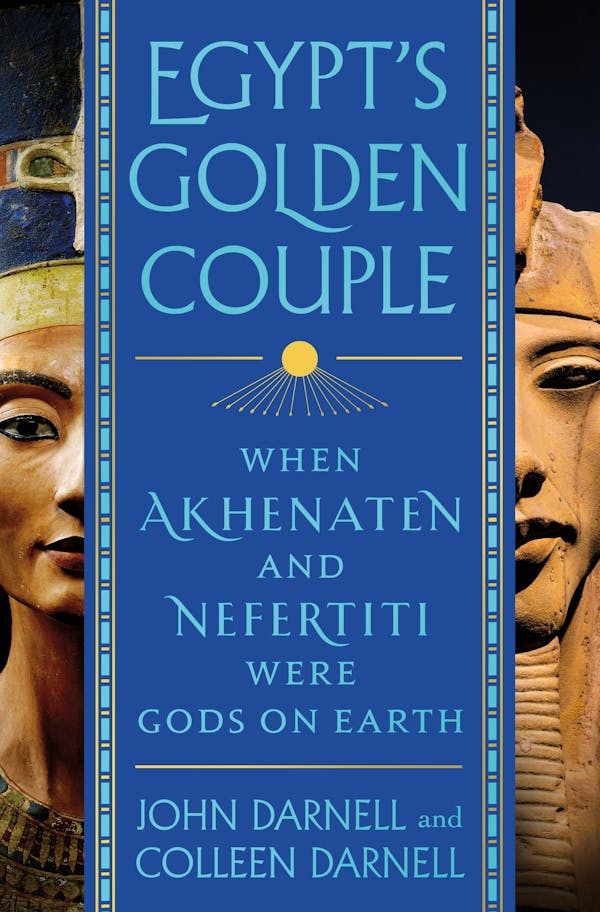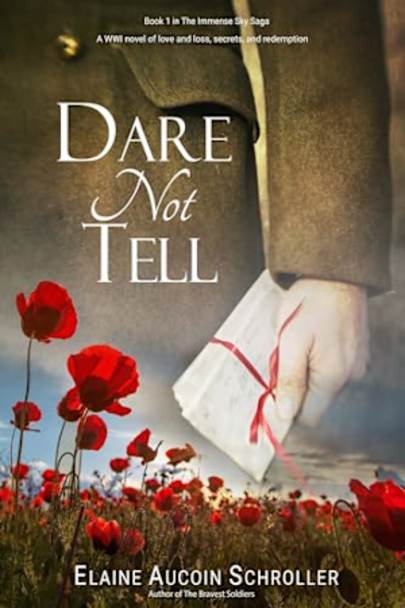As regular visitors know, I mainly review from traditional publishers. But today I'm turning over the page to a reviewer who only handles independent authors. Pamela Willson of The Picky Bookworm has some thoughts to share on what makes her not want to finish a book.
3 Reasons for a DNF
Not finishing a book, for me, is like getting to the tootsie
inside a tootsie pop, then throwing it away. Doesn’t seem the point. I also
feel guilty when I don’t finish a book. Until a while back, when a librarian
told me something that has stuck with me:.
Life is too short
to read a book you’re not completely interested in.
Once she told me that, I felt so much better about letting
go of the guilt, and only sticking with those books I absolutely love. Here are 3 reasons why I’ll quit.
Reason to DNF #1: Obvious lack of research
When it’s obvious the author has done little to no research
about the topic in the book, I get bored and frustrated REALLY quickly. One
book I started a couple years ago was supposedly set during the time after
Jesus’ ascension, but it felt like either the author wasn’t a Christian and was
just making stuff up, or just didn’t care. Either way, I made it through about
25 pages before I gave up.
When it’s obvious, however, that an author has researched
well, and is approaching the subject matter in a sensitive and thought-provoking
way, I am all about that. Two examples of this would be:
HIDDEN MAGIC by Elana McDougall: I absolutely adore Elena. Her books created some really
diverse characters in a fantasy setting, and her story telling is amazing. I In
this book, there’s an abusive situation. She had obviously done her research,
because not only did the character give examples, but it was handled
sensitively enough that a reader could see their own life, and maybe find the
strength to leave a dangerous situation. I really applaud Elana for her
handling of this subject.
THE GOOD SISTER by Sally Hepworth: I don’t know Sally personally, like I do Elana, but I
absolutely loved this book! One of the characters is autistic, and while it’s
never stated outright that this is the case, Sally provides enough examples of
behaviors or mannerisms, that it would be easy for someone who isn’t autistic
to understand what’s going on. What I really like is that through her fiction,
I learned more about what being autistic means, and if I’m ever in a situation
where an autistic person gets overwhelmed, I can recognize it and use tools
from Sally’s story to help.
Reason to DNF #2: Lack of Emotional response
I want to care about the characters. I want them to feel
real, and I want to either root for them to win, or root for them to die. I
don’t like feeling mediocre about a book. A good example where I really cared
was Meg in Fear and Fury. I loved her. She was snarky and rude, but despite her
negative quirks, I rooted for her during the whole book. I will typically give
myself about 30% of a book, to allow for evolution of a character, or for me to
start caring, before I will give up. If I don’t care by then, chances are I
won’t ever.
THE 13th ZODIAC by Lacey Krauch: Lacey has worked really hard to make sure her readers are
carried on a wave of emotion throughout her entire series. Whether we are
rooting for the good guys, or wishing the bad down an elevator shaft, her books
are a roller coaster of emotion. I love that.
DESTINY & OTHER DILEMMAS by Caroline Fleur: Caroline created Brooke, a mom whose son has food allergies.
Brooke is such an amazingly relatable character that I rooted for her
happiness, no matter what she was going through.
BETWEEN THE BIRCHES by Katie Roberson: I proofread Katie’s book, and DM’d her
at one point to tell her that I had to back up 5 pages, because I forgot what I
was doing. She created such an immersive story. I laughed, I cried, and I
cheered.
I could probably list about 100 books here that gave me all
the feels, but I’ll stick with these.
Reason to DNF #3: Really, REALLY bad editing
I’m a book editor and proofreader, and most times I can
overlook small issues. I’ve read books in the past that had good premises, but
whoever edited them just did a godawful job. One book, true story, used
“bought” instead of “brought” throughout the whole book. Props for consistency,
but minus a million points for not realizing it was the wrong word. While I finished the first book, I couldn’t
bring myself to read any of the others in the series.
It’s not all bad news
Before you get upset about not having the money for a
professional editor, let me tell you something. Editors who also review books
can TELL when you’ve done your best. We KNOW that not many people have the
budget for expensive services. That’s why we can overlook many issues.
We can also tell when
someone has thrown together and published their first draft.
Authors work hard on their stories. I get that. I’m friends
with many authors on Twitter and love reading about their journeys. I want
indie authors to keep writing. The world
needs your stories. I hope you can take these words and use them as
encouragement to make your story the best it can be. I promise, that people
like me will always be around to shout about them from the rooftops.
Picky's Twitter
Picky's Website

















